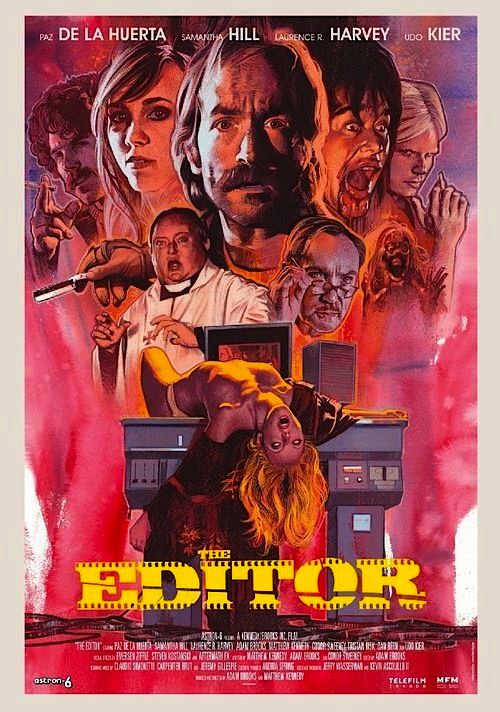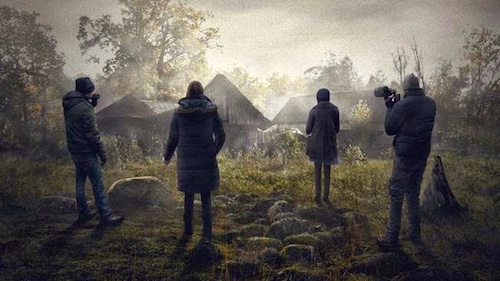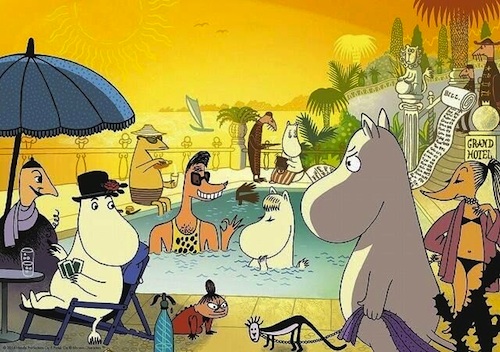By Joe Bendel. Pay attention children. Taylor Lautner will demonstrate why you should stay in school. He is a bike messenger who keeps losing his bicycle. That is a shame, because he owes a lot of money to a loan shark. Most unfortunately, he did not borrow enough to save his dying mother’s house, so he is now practically homeless and on the hook for the principle and the fast compounding vig. This poor kid is so dumb, the shadowy leader of a gang of parkour thieves figures he might as well start exploiting him, too in Daniel Benmayor’s Tracers, which opened this Friday in New York.
Cam, the sullen bike messenger, needs all the runs he can get. He owes big time to the Chinatown mob and he is behind on his rent to the single mother whose garage he is crashing in (maybe he has a room as well, but he never seems to use it). Unfortunately, his livelihood gets irreparably banged up when he swerves to avoid Nikki, a parkour chick falling out of the sky. Naturally, he responds to this crisis by obsessively watching parkour videos on his smart phone.
Nikki has no interest in a loser like him (and neither do we), but she feels guilty enough to drop off a new set of two-wheels for him at the messenger center. Logically, he has that one stolen out from under him when he sets off in search of her. After a few beatings administered his loan officer’s thugs, Cam manages to talk his way into Nikki’s gang. Her colleagues are pretty impressed, considering he developed some mean parkour skills in about twenty minutes. Miller, the mastermind, also sees a sucker he can use. However, Cam is always causing trouble, pestering him for dough and making swoony eyes at Nikki, who is stuck being Miller’s woman, whether she likes it or not.
Eventually, everyone in this line has to cover a Taylor Lautner film, so it might as well be something as innocuous as Tracers. Essentially, it starts out trying to be the old Kevin Bacon vehicle Quicksilver and then attempts to morph into a parkour thriller in the tradition of the Luc Besson produced B13 franchise. Sadly, it lacks the catchy 1980s soundtrack of the former and the pedal-to-the-metal energy of the latter. Even though parkour is the reason for Tracers’ being, the action is just sort of okay. To give an example, at one point Benmayor prominently frames the Empire State Building, getting our hopes up that the film will finally go for it like Remo Williams at the Statue of Liberty—but no, it’s just there for background color.

It is hard to really see why Lautner has a movie career from Tracers. He exhibits absolutely no charisma, but to be fair, he seems inoffensive and mostly rather polite. As Nikki, Marie Avgeropoulos is blandly attractive in much the same way. There are other members of the gang, but they hardly merit individual names. They just run, jump, and die, when necessary. On the other hand, Adam Rayner makes a reasonably competent lead villain as Miller and Johnny M. Wu serves as a relatively entertaining supporting villain as Jerry the loan shark.
Somehow Benmayor managed to find all the gritty, post-industrial riverfront locations left in New York. He has a decent eye for urban blight, but he lets the teeny-boppish melodrama intrude too much on the action. Nevertheless, the film ends with a surprisingly satisfying turn of events, but calling it a “twist” would be too strong a term. In all honesty, Tracers just isn’t worth your movie ticket dollars. Parkour fans are much better off revisiting the B13 movies, but it might suit the needs of DirecTV subscribers who want to turn off their brains and zone out in front of something harmless. Regardless, it opens theatrically this Friday (3/20) in New York, at the AMC Empire.
LFM GRADE: C
Posted on March 22nd, 2015 at 1:17pm.




